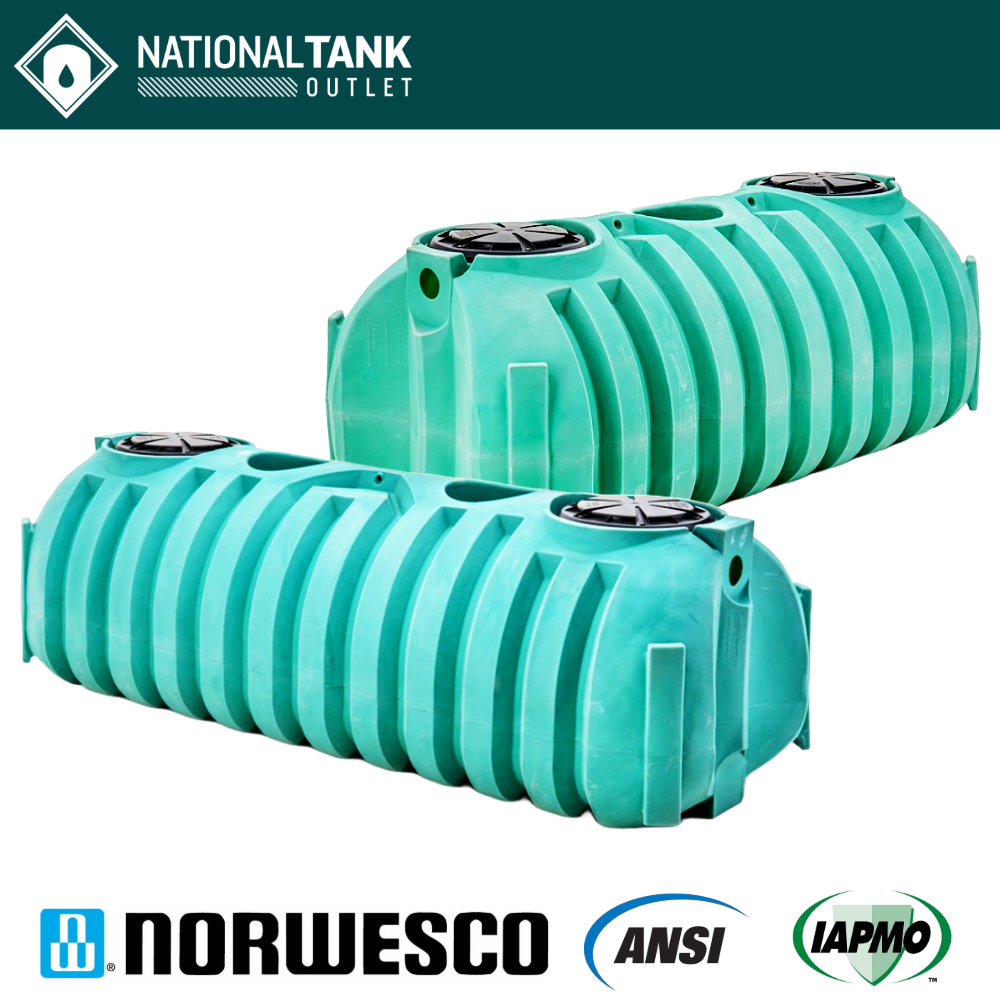
Many homeowners, businesses, and farms in the state of Indiana are positioned outside the range of a municipal sanitary sewer system. In these cases, a septic tank and sewage disposal system will be required to collect, treat, and discharge wastewater created on-site by activities on the property. In Indiana State, there are more than 800,000 septic tank systems in use, and with about 6.8 million residents, an average 12% of the state’s population rely on them every day. New septic tanks are being installed at an average rate of 15,000 more every year, highlighting their importance to the state’s infrastructure, public safety, and environmental health. Due to the number of septic tanks and their critical role in people’s everyday lives, it is logical that the state of Indiana has a set of regulations and requirements that must be followed and adhered to.
In this guide, we will provide a comprehensive overview of the legal framework and technical specifications for septic tank installation and requirements in the Hoosier State.
Indiana State Septic Tank Regulations

In Indiana, the state department responsible for the regulation, oversight, and permitting of septic tanks is the Indiana Department of Health (IDOH) and its Division of Environmental Public Health (EPH). These governing state departments administer and enforce Indiana State septic tank requirements detailed in the Indiana Administrative Code 410 IAC 6-8.3 for Residential On-Site Sewage Systems.
- Tank Construction: Septic tanks must be watertight and constructed of durable materials including concrete, fiberglass, polyethylene, or polypropylene. Cast-in-place concrete, concrete block, wood, or metal tanks are prohibited.
- Size and Capacity: The size of the tank depends on the number of bedrooms in the residence and local soil conditions. Generally, tanks range from 1000 to 1500 gallons for single family dwellings.
- Setbacks: There are mandated minimum distances from the tank to various features on the property such as wells, lot lines, and bodies of water.
- Inspections and Permits: Installation, alterations, and repairs require permits and inspections by local health departments.
- Sanitary Sewer: Septic tank systems are prohibited if a sanitary sewer connection is within a reasonable distance. In such instances, a connection to the existing sewer system must be made.
In Indiana, certain matters of septic tank oversight related to construction, installation, and permitting are often delegated to local health departments. In the state of Indiana, there is an established health department for each state county. Indiana local health departments are often an advisable first point of contact when seeking information on septic tank installation in your specific region. See here for an interactive contact map of Indiana local health departments.
Indiana Septic Tank Definitions
Indiana state regulatory code, guidance documents, and governing departments refer to septic tanks and the complete working system as an On-Site Sewage System (OSS). The Indiana Administrative Code 410 IAC 6-8.3 defines on-site sewage systems as “all equipment and devices necessary for proper conduction, collection, storage, treatment, and onsite disposal of sewage from (1) a one or two family dwelling; (2) a residential outbuilding; or (3) two single-family dwellings on the same property with a combined DDF of less than or equal to seven hundred fifty (750) gallons per day.”
The Indiana Department of Public Health On-Site Sewage Systems Program further specifies details, stating: “Onsite sewage disposal systems (i.e., septic systems) are those which do not result in an off-lot discharge of treated effluent, typically consisting of a septic tank to settle out and digest sewage solids, followed by a system of perforated piping to distribute the treated wastewater for absorption into the soil.”
Conventional, gravity-fed septic tank systems, in Indiana, are also referred to as subsurface trench gravity feed systems.
Can I Install My Own Septic Tank in Indiana

In the State of Indiana, a homeowner may be able to install their own septic tank system under certain conditions. The ability to do so will require the personal knowledge and capability to comply precisely with all state regulations in IAC 410 6-8.3 and obtain the necessary permits. There are numerous state rules, steps, and procedures that must be followed and the overall process is both work intensive and demanding. Whether you can install your own septic tank in Indiana will also depend on any additional local health department requirements as specific requirements for installing a septic tank can vary from one jurisdiction to another.
In some cases, a homeowner may have to take and pass the state’s Installer Exam, as Harrison County requires, before being approved for DIY installation. Doing so is the same process that professional contractors and installers undergo to become licensed in the state to perform septic tank construction services. This indicates the process is a significant undertaking and should be thoroughly reviewed and understood before proceeding. Often, the certificate offered by the Indiana Onsite Wastewater Professionals Association (IOWPA) is recognized and sufficient to be approved to install your own septic tank in Indiana.
To determine if you can install your own septic tank, it’s essential to contact your local health department for the most accurate and up-to-date information to get started. They can provide guidance on the requirements, necessary permits, inspections, and any homeowner qualifications needed to proceed with DIY septic tank installation.
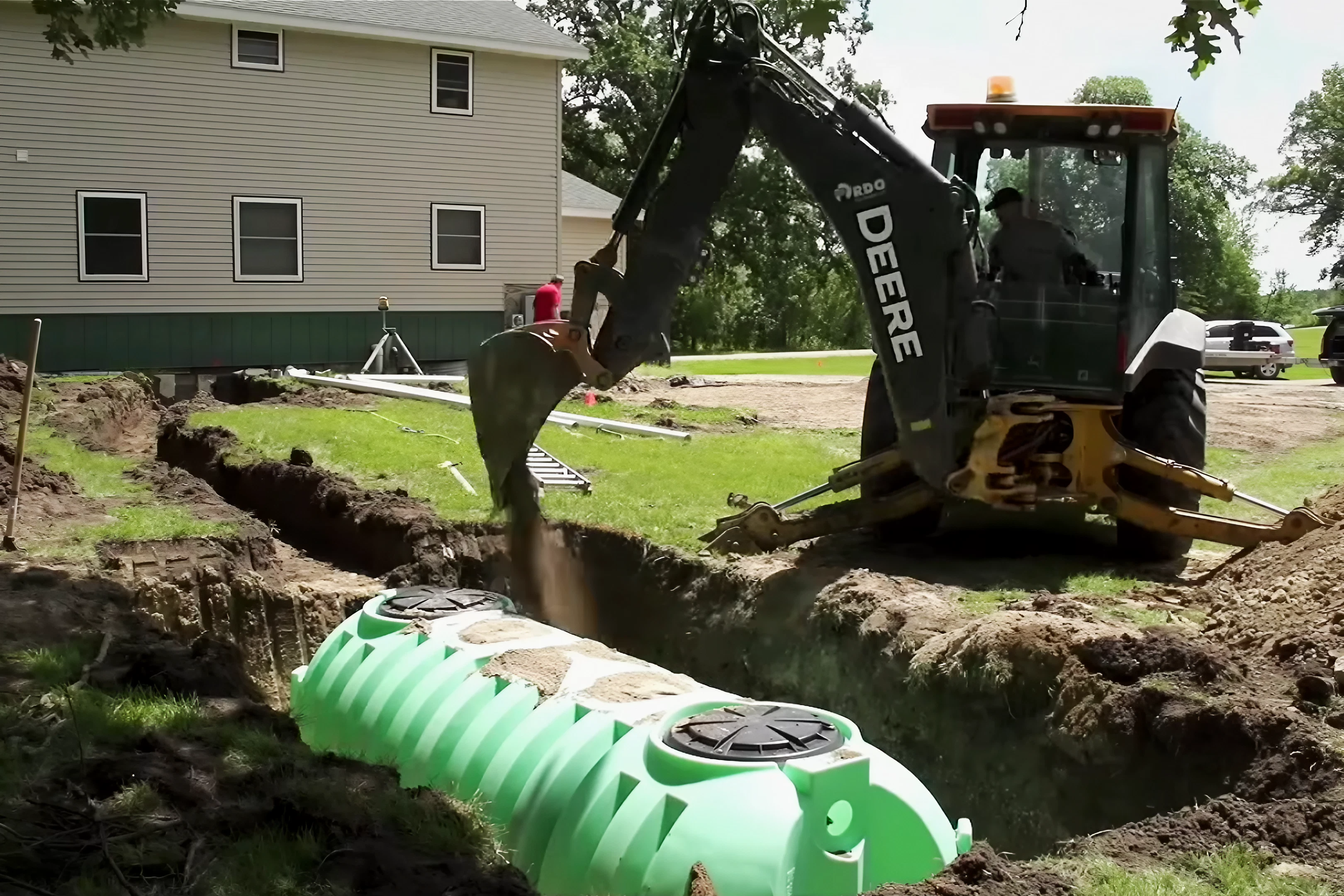
How to Install a Septic Tank in Indiana
Septic tank installation in Indiana is a step-by-step process. In general, the process involves submitting a detailed plan of the proposed septic system to the local health department for approval and permitting, which itself has multiple steps and requirements, passing an inspection, and sometimes, the homeowner may be required to pass a test demonstrating knowledge of local codes and proper installation techniques. Some jurisdictions may restrict installations to licensed professionals only, especially for more complex systems or in areas with potential environmental concerns.
For Indiana homeowners and landowners thinking of installing a septic tank DIY, we recommend preparation by reviewing documents and information provided by the Indiana Department of Health.
- Residential On-Site Sewage Systems Rule
- IDOH Environmental Public Health: Onsite Sewage Systems Program
- IOWPA Residential OSS Installer Training Presentations
Steps to Installing Your Own Septic Tank in Indiana
Recommended steps to installing your own septic tank in Indiana include: reviewing and understanding the rules and requirements, determining the necessary permits, completing the required activities to file for and receive permits, creating a personal installation execution plan on how you will perform the work, secure or waitlist necessary digging equipment, materials, and components (i.e., backhoe, pipes, backfill, septic tank), perform the installation, and pass the final inspection.
Permit Requirements
In Indiana, the primary permit required is the construction permit. The construction permit filing process will require specific and detailed property information such as the establishment type (home, farm, etc.), the number of bedrooms, a USGS topography map, detailed plans and specifications for the septic system prepared, certified, and sealed by a licensed engineer or architect, and a detailed on-site evaluation and survey report indicating soils, textures, water features, structures, and more for the proposed site.
In addition to the construction permit, an operating permit may also be required. In general, an operating permit is only required in certain situations and county statistics, such as when the state seeks information on the system’s performance or when the county’s population is above a certain limit.
After Permit Approval
Following the submission, review, and approval of the construction permit, the septic tank installation process can begin. To have received a construction permit, you must have already had your entire property thoroughly evaluated and understood, have a system design and project plan in place, and perhaps passed an installer’s test, meaning you should be well-prepared for installation at this point.
After Construction
After septic tank construction and installation have been completed and before burying any subsurface components, an inspection must be performed by the assigned local health officer or his or her designated representative. Inspection ensures the system has been properly installed according to submitted plans, complies with regulations, and has not been modified in any way. If the construction passes inspection, full and final burial can be completed and the new septic tank system can be put into service.
Should I Install My Own Septic Tank System in Indiana
Although it is legally permitted and feasible for a homeowner to self-install a septic tank system, the undertaking is demanding and requires substantial expertise to perform all essential steps. Given the level of proficiency needed and the risk of expensive errors, independently tackling septic system installation is a challenging endeavor. As a result, numerous homeowners choose to engage a licensed professional for the job.
See the following for a list of Indiana permitted companies to find a professional, such as an installer, designer, site evaluator, soil scientist, etc., to assist with various parts of the septic tank installation process.
Can a Polyethylene Septic Tank Be Installed and Used in Indiana
Yes, polyethylene septic tanks can be installed and used in the State of Indiana for on-site sewage systems. State regulations, as outlined in 410 IAC 6-8.3, allow the use of septic tanks appropriately engineered and made from specified, high durability materials, including polyethylene. The tanks must be watertight, designed with certain standards of functionality, and capable of withstanding the loads and environmental conditions they will be subjected to.
Polyethylene septic tanks are popular due to their lightweight, corrosion resistant properties and ease of installation. However, like any septic tank material, polyethylene tanks must comply with specific design, capacity, and installation requirements set forth by both state and local health departments. These might include specifications on the tank’s size based on the residence’s occupancy and wastewater generation.
Before purchasing or installing a polyethylene septic tank, check with your local health department for any additional requirements or restrictions. Local jurisdictions may have more stringent rules or guidelines in addition to state regulations. Returning a septic tank that is not compliant can be difficult, if even allowed. Indiana maintains a list of approved septic tank manufacturers and their products, and it is necessary to select one from this list to ensure your system will be in compliance.
Norwesco is a notable manufacturer on this list and a renowned manufacturer of polyethylene storage tank products, including septic tanks. If looking for Norwesco septic tanks for your project in Indiana, the National Tank Outlet is a trusted, nationwide supplier with some of the industry’s most competitive pricing.
Key Indiana Septic Tank Requirements
Permits
A construction permit is the required permit type to begin the installation of a septic tank in Indiana. Applying for an Indiana residential septic tank construction permit in Indiana is a thorough and detailed process. Upon being approved, a complete work plan should be available to begin the septic tank project. The Indiana construction permit can only be submitted, reviewed, and approved after a site evaluation by a registered soil scientist and a system design blueprint has been completed by a state-licensed architect or engineer. Additional information and a construction permit form can be found on the Indiana Department of Health Onsite Sewage Systems Program Division site.
Certain properties are not suitable for a conventional septic tank system and may not be approvable for a construction permit. In such situations, an alternative septic tank system may be required. Having a site evaluation prior to purchasing undeveloped land, and even those with older properties is recommended to ensure the property is suitable for a septic system according to current regulations.
Site Evaluations
Having a site evaluation performed is mandatory for the septic tank permitting process. Before a construction permit can be issued for the installation, replacement, or modification of a septic tank, an on-site evaluation and soil profile must be completed. In Indiana, site evaluations must be conducted by a licensed and registered soil scientist. The site evaluation process will analyze various characteristics concerning the local geography, topography, groundwater levels, water absorption (percolation) rates, water features, and on-site features requiring setback distances.
Septic System Siting and Design
Indiana septic tank systems must be strategically placed to maintain regulated setback distances from surface waters, wells, water supply pipes, lot lines, and property structures. Exact distances may vary on individual site specifics, requirements, or other constraints. The following is an excerpt from 410 IAC 6-8.3 and provides a table of septic tank separation distances in Indiana.
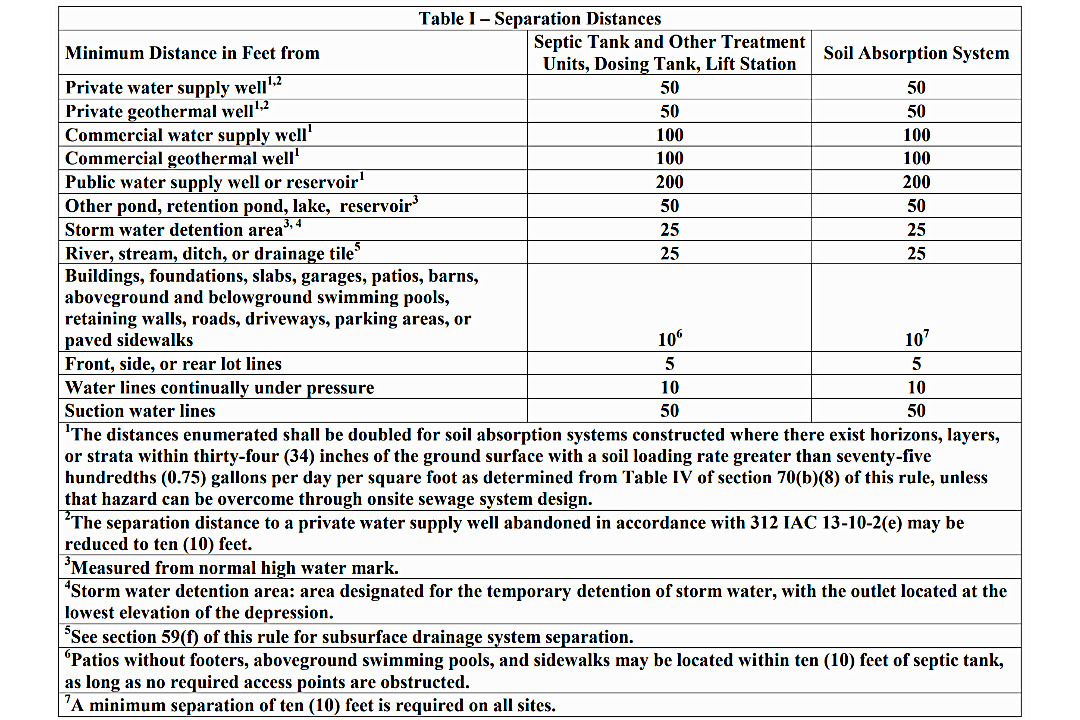
System Components
Conventional, gravity fed septic tank systems are the most commonly used option across the United States and in Indiana. Most conventional systems require the same basic components and materials. Typical features include the septic tank proper, either one chamber or two chambers to collect generated wastewater, a leach field (also known as drain field, effluent field, and trench field) to release treated water from the septic tank, a distribution box to disperse effluent to the leach field, and plumbing to connect and complete the system, which is most often ANSI/NSF 14 DWV PVC pipe and fittings.
In many US states, including Indiana, specific systems and components approved by the state and verified to meet regulatory codes must be used. The state of Indiana specifies either one compartment or two compartment septic tanks can be used, and require tank inlet and outlet baffles, an effluent outlet filter, and manway risers must also be installed to bring the tank lid to surface grade for access.
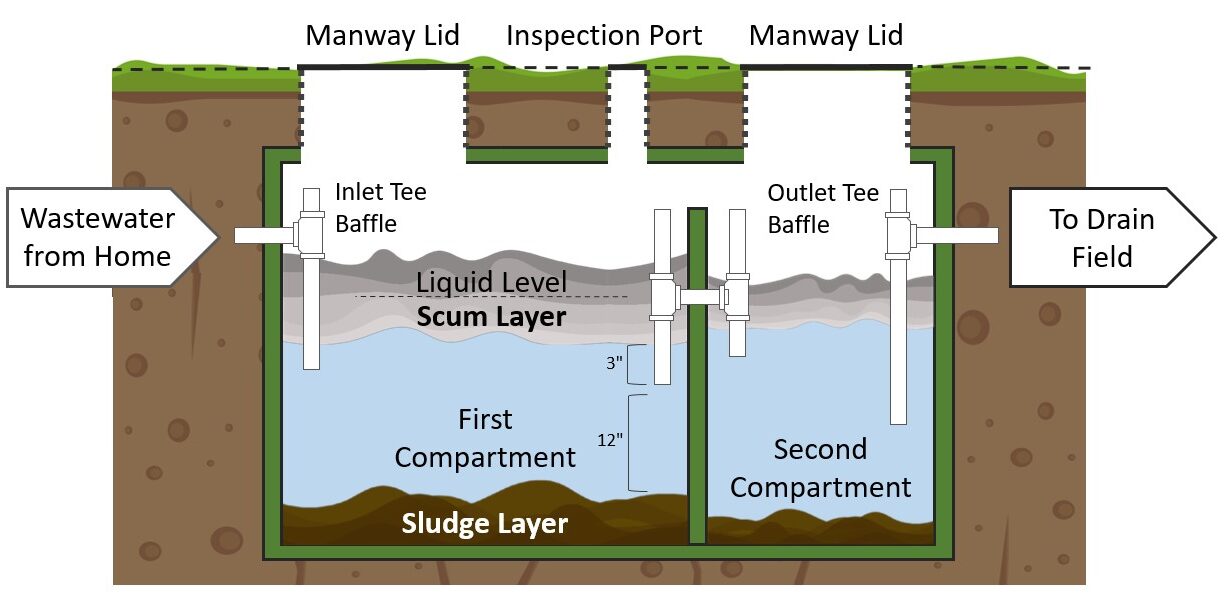
In Indiana, only select high density polyethylene septic tanks, sizes, and styles have been reviewed and certified for use by the IN Department of Health. See the following for Indiana’s list of approved tanks and the following to shop our Indiana-approved Norwesco septic tanks for sale. We also offer manway risers to comply with Indiana’s requirements for septic tank access for maintenance.
Septic Tank Sizes in Indiana
Indiana maintains a regulated minimum size for septic tanks to be used in on-site residential conventional sewage disposal systems. For Indiana, septic tank sizes start at a minimum 750 gallon capacity. According to IAC codes, a 750 gallon septic tank is required for a 1 to 2 bedroom home, a 1000 gallon septic tank for a 3 bedroom home, a 1250 gallon tank for a 4 bedroom home, and a 1500 gallons for a 5 bedroom home. See the following table from 410 IAC 6-8.3 outlining minimum septic tank sizes in Indiana:

Inspections
A state-performed inspection is mandatory following construction activities and before covering system components that will be below the surface. This inspection should be performed as promptly as permissible to avoid leaving a finished system exposed to the elements. Post-construction inspection must be performed by personnel from the Indiana Department of Health to verify installation has been done according to regulations and the site plan without any modifications. Following inspection and pass for compliance, backfill can be completed and the new system put into service.
Maintenance and Pumping
Regular maintenance and pumping, although not mandated by code, is necessary to keep septic tank systems working properly, efficiently, and with limited concern for problems. Failure to maintain through pumping and cleaning the effluent outlet filter can result in damages to the system or other property problems that can be costly to repair.
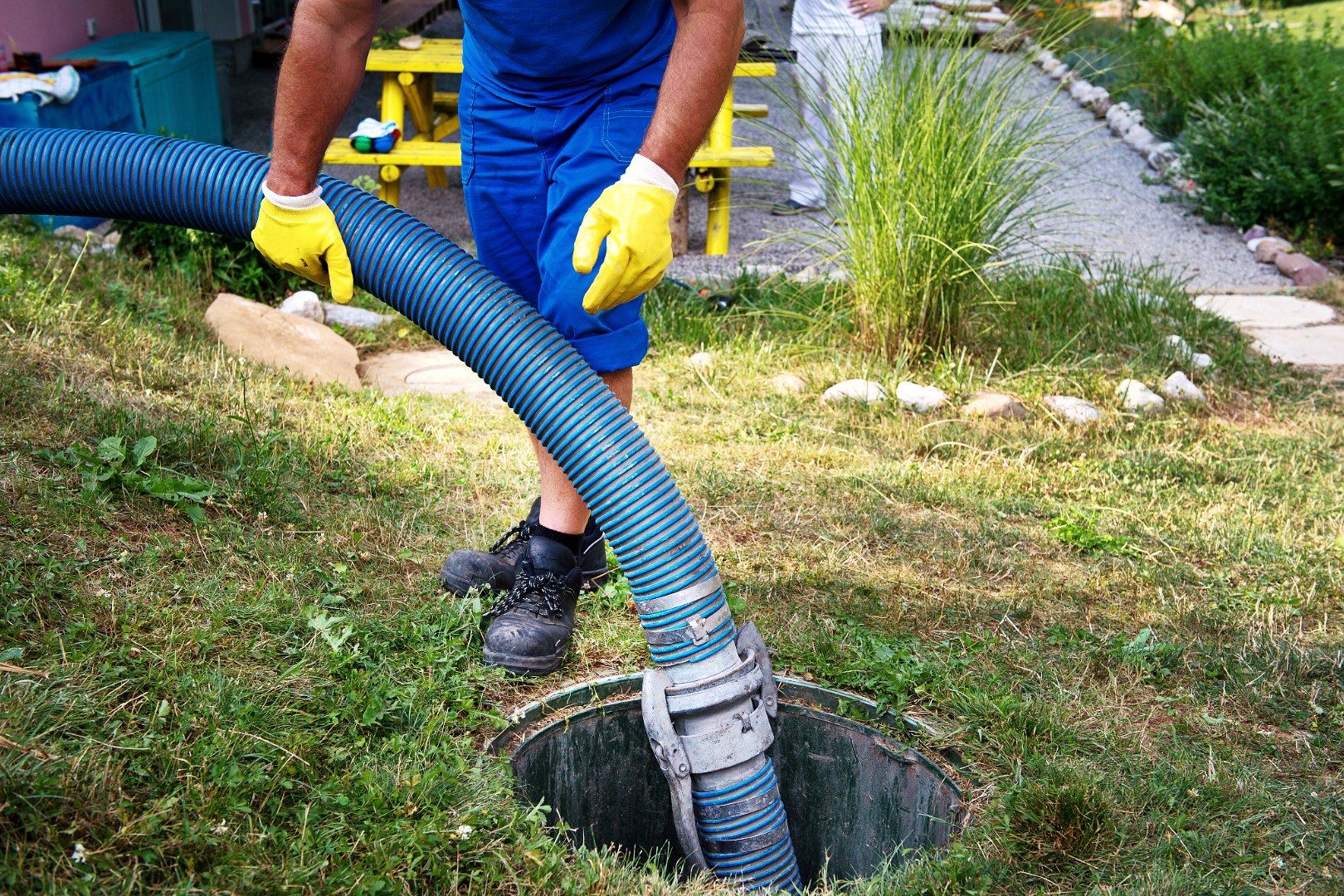
Average recommended pumping frequency is to have the septic tank pumped every 3 to 5 years. Frequency depends on number of bedrooms, family size, amount of wastewater generated, and the size of the septic tank.
Need a Septic Tank in Indiana? Choose the National Tank Outlet to Supply
As you navigate the requirements and considerations for septic systems in Indiana, consider purchasing the septic tank you need from National Tank Outlet, a trusted provider of high quality septic tanks certified and approved for use in the state. With a large range of roto-molded, high density polyethylene septic tanks online at competitive prices, National Tank Outlet is committed to providing durable, reliable, and cost effective solutions with nationwide shipping.
Whether you’re installing a new system, performing repairs, or upgrading an existing one, our extensive selection ensures you can find the right septic tank size, design, and type your project needs. Browse our Indiana approved septic tanks today to review our in stock selection and save on your purchase with our lowest price guarantee. Contact us for more information or contractor quotes.

Additional Resources
- Environmental Public Health | Onsite Sewage Systems Program
- 410 IAC 6-8.3 | Rules for Residential On-Site Sewage Systems
- Local Public Health Departments | Map and Contacts
- IDOH List of Approved Septic Tanks
- Indiana Registry of Soil Scientists | Obtaining Services
- Elevated Sand Mound (ESM) Design Manual
- Indiana Standards for Aerobic Treatment Units (ATUs)
Disclaimer: This guide is intended to provide general information and expectations around the installation and requirements of a septic tank and system in the state of Indiana and is not intended to substitute for advice, legal counsel, or consultation from state departments or licensed professionals. The information provided is current and accurate to the best of our knowledge at the time of this writing. For specific advice on your individual situation, please consult with the Indiana Department of Health (IDOH) Environmental Public Health Division or a licensed septic tank contractor.
